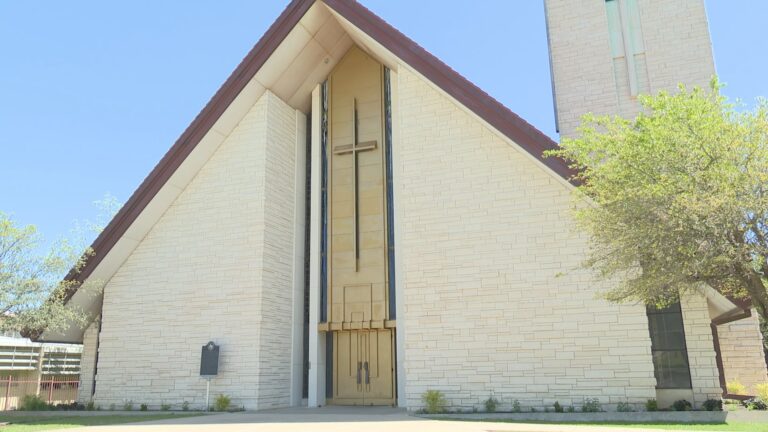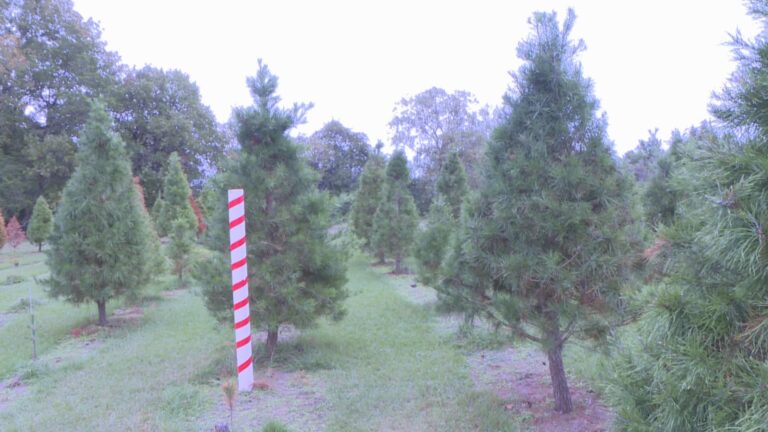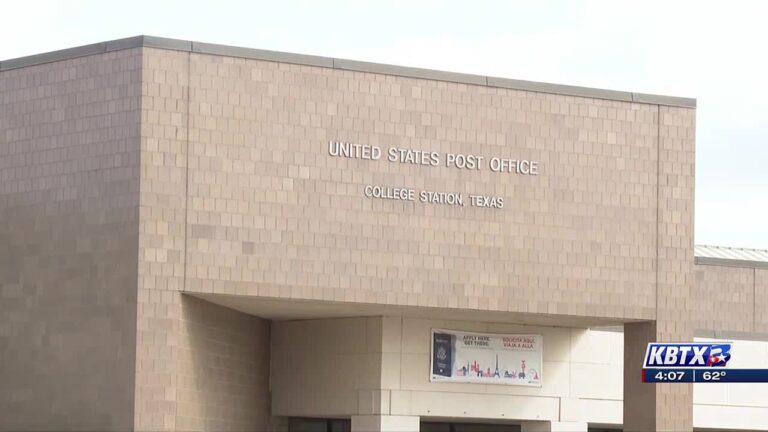YET AGAIN: September 2023 officially becomes the all-time hottest of record in Bryan-College Station
BRYAN, Texas (KBTX) – Likely to nobody’s surprise, another significant heat record has been erased and rewritten by 2023. As the final sunset of the month fell to the Brazos Valley’s horizon, September officially became the all-time hottest experienced in Bryan-College Station’s 141-year recorded history. As an added kick out the door, Saturday’s high temperature of 100° officially broke the previous record high of 98° for the last day of the month.
A look back at high temperatures throughout the month of September in Bryan-College Station.
The previous record was held by 2005, with a monthly average temperature of 85.0°.
This, of course, comes on the heels of not only the all-time hottest August of record but the absolute hottest month the Brazos Valley has ever experienced. July was the second hottest of record, falling short by 0.7° of the record previously set in 2022. Summer 2023 — considered between June 1st and August 31st — ended as the absolute hottest experienced locally by an average temperature a full 1.1° higher than the previous record set in 2011 and tied in 2022.
Unrelenting. Continuous. Brutal heat. Fingerprints of human-induced impacts: anthropogenic warming, urbanization heating, and a developing El Niño.
BY THE NUMBERS:
Average September Temperature: 88.0°September 2023′s Average Temperature Compared to the 30-Year Average: +7.4°Number of Record Highs: 8Number of Record High Minimums (Warmest Low Temperature of Record): 7Number of Above-Average Afternoons: 26Number of Average Afternoons: 2Number of Below-Average Afternoons: 2Number of Above-Average Mornings: 28Number of Average Mornings: 0Number of Below-Average Mornings: 2Average HIGH Temperature for the Month: 99.7°September 2023′s Average High Temperature Compared to the 30-Year Average: +8.5°Average LOW Temperature for the Month: 76.3°September 2023′s Average Low Temperature Compared to the 30-Year Average: +6.3°
September 2023 became the all-time hottest of record in Bryan-College Station’s 141 years of record keeping
LOOKING AHEAD TO OCTOBER
The Climate Prediction Center updated its outlook for the 10th month of the year on the eve of the calendar flipping. As El Niño and seasonal changes begin to take hold, the Brazos Valley’s forecast has become a bit more favorable than the original extended outlook painted just a few weeks ago.
Rainfall: This is where the outlook become promising. October is expected to be the highest month of rainfall of the year in the Brazos Valley.
Outlook now INCREASES the odds of a wetter-than-average October from 30-40% to a 40-50% potential
Could mean more than 5″ next 31 days pic.twitter.com/ApUd2peAUw
— Shel Winkley 👍 (@KBTXShel) October 1, 2023
The agency now only slightly leans toward a warmer-than-average month, decreasing the odds to just a 30% to 40% potential. This would mean cooler spells or days are possible, with majority of highs and low temperatures over the next 31 days likely to end above what is typically expected.
The forecast now increases the odds for a wetter-than-average month to 40% to 50%. October is an important month of rainfall locally as it typically yields the highest amount of wet weather of the year. If this forecast verifies, the month could end with more than 5″ of much-needed moisture.
Note: Rainfall and temperature data observations began on the campus of Texas A&M College in May 1882. Records were sporadic from 1882 to 1907 and no records are available for 1908 and 1909. Reliable records are available from 1910 to present. Observations began on the campus of Texas A&M College in May 1882. The station was relocated to the Texas Agricultural Experiment Station main farm located seven miles southwest of the College Station Post Office in January 1954. This station closed April 30, 1958. Other rainfall and temperature observations were taken in Bryan at 2310 23rd Street from September 1, 1913 through March 31, 1947. A weather station was established at the College Station FAA Airport (originally referred to as Bryan CAA Airport) in August 1951. The FAA Airport Station is now known as Easterwood Field.
The 30 year climatological averages are from the College Station FAA Airport (Easterwood Field) but the extremes and other temperature and rainfall records are from all sources.
The observation site has not moved since 1951 and remains at Easterwood Field.







